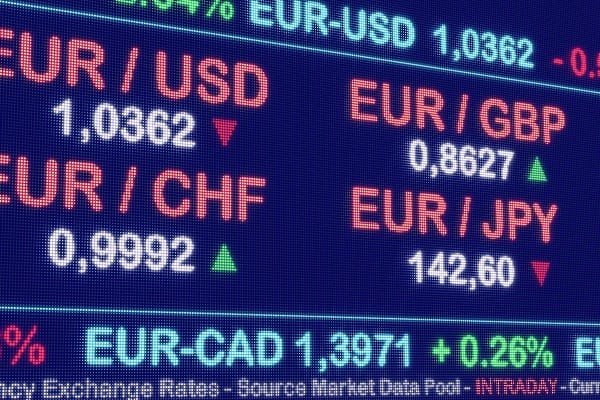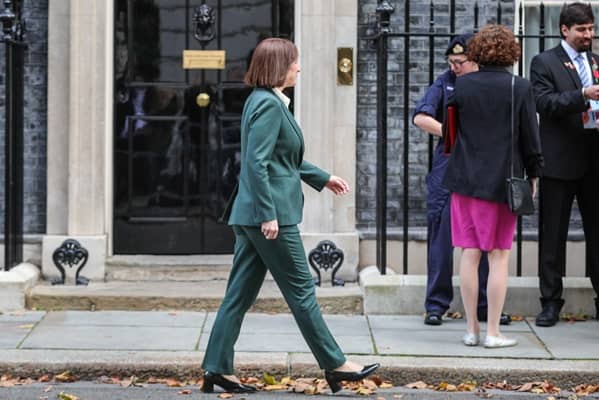Bussiness
The Euro fails to mitigate its losses – London Business News | Londonlovesbusiness.com

The euro declines against the US dollar by 0.15% after 9:00 a.m. GMT and reaches the level of 1.07170.
The euro’s losses come despite continued rise in Eurozone bond yields and the highest levels of institutional investor sentiment in Germany and the Eurozone in more than two years.
While this increase was slight and reflects a stagnation in sentiments rather than a trend toward further improvement in light of pessimism about the path of inflation, as the ZEW survey indicated.
Today, we witnessed the June reading of the ZEW Economic Sentiment index for both the Eurozone and Germany, which reached the highest levels since July 2021 for the region and February 2022, respectively, for both economies. Meanwhile, sentiment growth exceeded expectations in the Eurozone, while it was lower than expected in Germany, with readings of 51.3 and 47.5, respectively.
According to the survey, satisfaction with the reality of the economy and economic expectations are in a state of stagnation in light of the rise in inflation expectations among survey participants, which appears to have been affected by the inflation data for May.
While the European Central Bank had lowered interest rates at its last meeting for the first time since 2019. However, the following statement announcing the decision carried an unexpectedly strict tone, with monetary policy makers’ expectations that the inflation target would not be achieved before the year 2026. This narrative appears to be dominating the sentiments of investors, dampening the hope that inflation can be reduced soon.
German ten-year bund yield found their bottom yesterday after reaching the lowest levels in more than two months and continued to rise today, but this did not save the euro from losses, with a rise in US Treasury bond yields.
Also, the yield gap between 10-year US Treasury bonds and their German counterpart appears to have also found a bottom during the past two weeks after reaching the lowest levels since last February.
I believe that this potential trend for the yield gap in favor of Treasury bonds to widen – even with the contraction today and yesterday – may contribute to deepening the euro’s losses and preventing it from recovering, which is also suffering from the widening of the interest rate gap after the recent cut.
While the markets do not expect a rate cut by the Federal Reserve earlier than next September, which may be the first and last this year. The probability that the Fed will reduce rates by 25 basis points is 62% and 75% in both next September and November, according to the CME FedWatch Tool.
The median of the Fed’s monetary policy makers’ projections does not indicate a more than one cut in the interest rate this year, and this was one of the most prominent outcomes of the last meeting, which in turn reinforced the hypothesis of higher-for-longer rates.
For the rest of this week, markets’ focus turns to the May reading of the Producer Price Index (PPI) in Germany and the preliminary readings of the manufacturing and services PMIs for June.
From the United States, we also await retail sales numbers for May today and a set of statements from Federal Reserve officials today and Thursday.
Meanwhile, more stringent statements that do not serve expectations of cutting interest rates more than once this year would also hinder the euro from regaining its previous gains and could lead to more losses.










